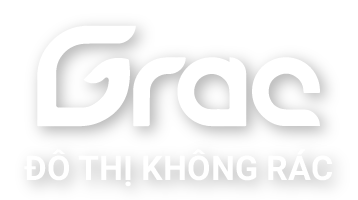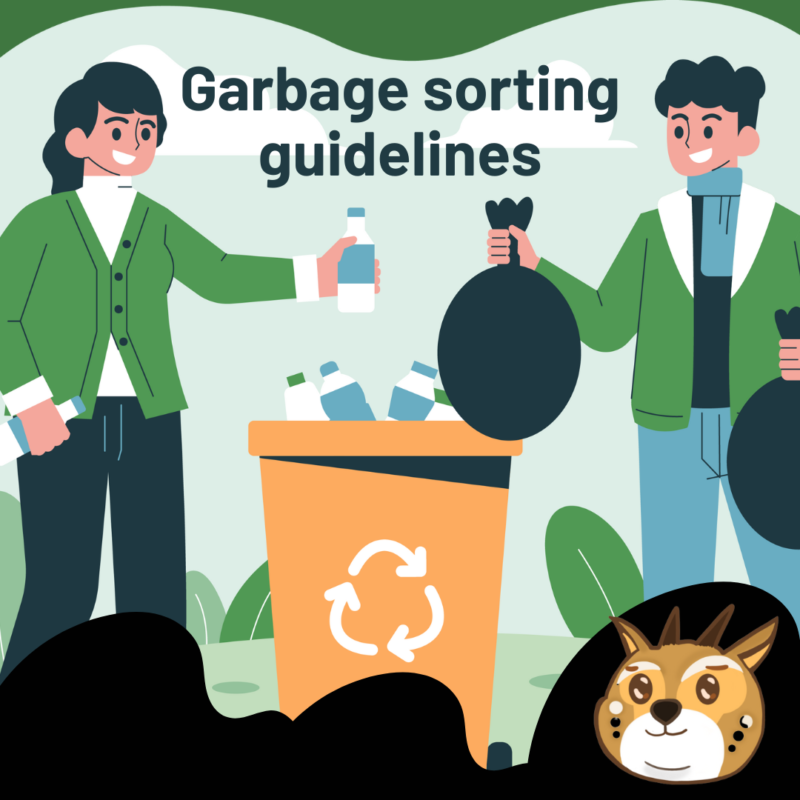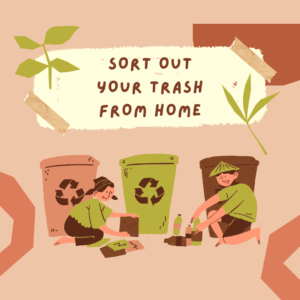Because segregation is minimally important to this country. So let’s Live Greener to find out why Koreans attach so much importance to it!
Garbage, also known as waste, is simply understood as utensils and objects that people no longer use and then discharge into the environment such as: leftovers, plastic packaging, paper, scraps ,plastic bottle,….
Have you ever wondered where this waste goes or is there a way to reduce the amount of waste in the environment? Of course, there is a way, the most effective and real solution is TRASH CLASSIFICATION.
🏡 CLASSIFICATION OF WASTE AT SOURCE (in your own household where you live) is an extremely necessary method in the current waste treatment process. This will also reduce the amount of waste entering the environment, reducing the burden in the waste treatment process.
Garbage is divided into 3 main groups:
- 🍎 ORGANIC WASTE: are easily degradable and recyclable waste to put into use for fertilizing, as food for animals: leftovers, fruit peels, coffee grounds, leaves, shells shrimp, egg shell…
- 🥤 INORGANIC WASTE: this is non-biodegradable and non-recyclable waste: broken cups, cups, cups, plastic straws, rubber items, disposable plastic items, plastic bags,….
- 📶 RECYCLED WASTE: garbage that is difficult to decompose but can be reused for the purpose of serving people such as: cartons, old newspapers, books, plastic bottles, cans, old clothes, …
♻️ In addition, we need to pay close attention to HAZARDOUS WASTE – this is the type of garbage that needs to be handled strictly such as: batteries, accumulators, electronic devices, thermometers, insect sprays, bottles. chemicals, … Absolutely do not put in the household trash.
So in a simple and easy to understand way, this job is not difficult for each of us, is it?
- For example, for ORGANIC WASTE, people can collect them in a bin and then compost them to make fertilizer.
- Or with RECYCLED WASTE, instead of throwing them straight into the trash, why don’t we collect them for reuse or collect to sell scrap.
- As for INORGANIC GARBAGE, this is a type of waste that is difficult to decompose and cannot be recycled. The only way is to limit it as much as possible. Recently, the trend of limiting the use of inorganic materials to protect the environment has become more popular. Paper straws or biodegradable plastic bags are gradually becoming more popular than ever.
- As for HAZARDOUS WASTE, don’t worry too much, as long as we limit the use of this hazardous substance and replace it with those containing less toxic substances available on the market. Classify and label hazardous materials to avoid affecting public health.




